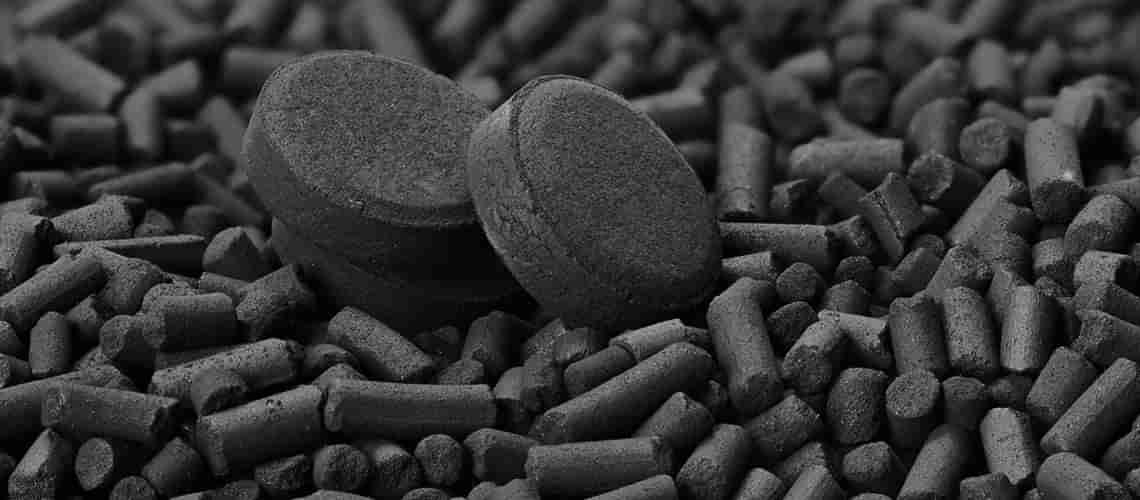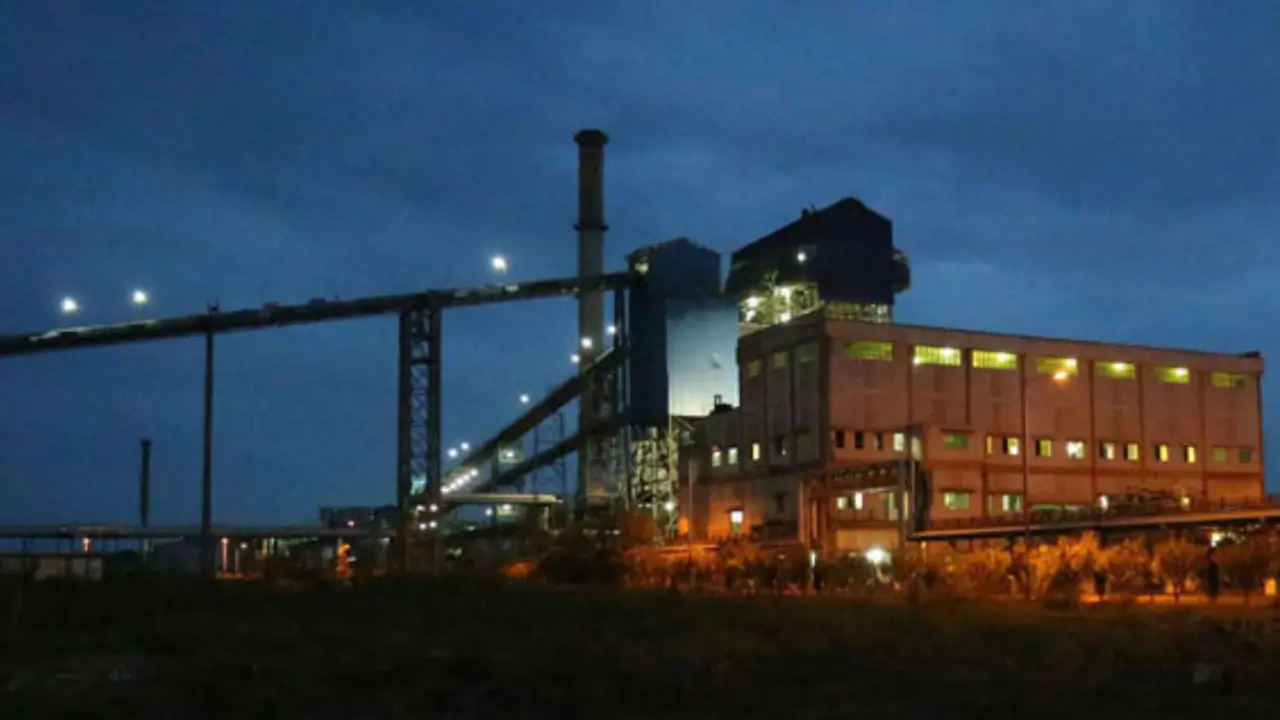- About
- Industries
- Products
- Wastewater Treatment
- Conventional Effluent Treatment: AQUASEP
- Toxic Refractory < 60,000 COD Removal: Catalytic Hydro-oxidation CHD-Ox
- Wet Air Oxidation for TOXIC > 60,000 COD : THERMOX
- Nanobubbles in Water Treatment: NANOPOREX-E
- Chemical-Free Cooling Tower Technology – A Sustainable Solution: ZEPHYR
- MVR for ZLD: Vapozem
- Membranes in wastewater Treatment: PROMEM
- TSS removal and Product recovery using Ceramics: PORESEP
- Heavy Metals and Trace Contaminant removal using Resins: SORBION
- Improving Efficiency of your sand bed filters: NANOMATRIX
- Choosing the Right technology for Wastewater treatment: Wastewater Treatability Studies’
- Reduce/Recover Oil from Wastewater: DISORB
- Produced Water Treatment: PWT
- Non Biofouling Membranes in wastewater Treatment: PROMEM-B
- Advanced Bioaugmentation Culture: BIOPORE
- Cavitation using Ultrasonics: RUSONICS-E
- Oxygen Generator System for Industries: OXYLIFE
- Process Solutions
- Precious Metal catalyst Filtration: CONTUFILT-M
- Activated Carbon Filtration: CONTUFILT-AC
- Raney Nickel Catalyst Filtration: CONTUFILT-RN
- Hot Gas Filtration: CONTUFILT – MH
- Biosolids removal using ceramics: PORESEP
- MVR for ZLD: VAPOZEM
- Ion Exchange-based RESINS: SORBION
- Dehydrating solvents by Zeolite Membranes: SOLVOSEP
- HiGee Continuous Distillation: ROTASEP
- Molecular Separation by Membranes: PROMEM
- Filtration & Separation
- Precious Metal catalyst Filtration: CONTUFILT – M
- Activated Carbon Filtration: CONTUFILT-AC
- Raney Nickel Catalyst Filtration: CONTUFILT-RN
- Hot Gas Filtration: CONTUFILT – MH
- Ceramic Dynamic Membrane Filtration: PORESEP
- MVR for ZLD: Vapozem
- Nano-Bubbles Improve Process Efficiency: NANOPOREX
- Alternate to Continuous Distillation / Rectification: ROTASEP
- Liquid-Liquid Extraction Mixer Settler: SEPARIX
- Ion Exchange-based RESINS: SORBION
- Pervaporation: Dehydrating Solvents and Separating Mixtures: SOLVOSEP
- Cartridges & Filter Bags: FLOWSEP™
- Molecular Separation by Membranes: Recovery and Isolation: PROMEM
- Colour / Organics / VOC Removal: CARBOSORB
- Oxygen Generator System for Industries: OXYLIFE
- RUSONIC – Sonochemistry
- Magnetic Separator Technology: MAG-Filt
- Wastewater Treatment
- Resource
- Contact Us
Case Study: CONTUFILT MH in a Nuclear Facility for Off-Gas Filtration
Top Posts
5 Applications of Nanobubbles in Agriculture
How to Increase Yield Without Using Fertilisers?
Installation Date : 24th June, 2015 ( 9 years in operation)
Background: A nuclear facility using ceramic filters for off-gas filtration faced multiple operational challenges due to the brittle nature of ceramic membranes, which led to frequent breakages and stoppages. The stress induced by high temperatures resulted in uneven expansions, causing cracks in the filters. The difficulty in fixing and replacing these brittle filters further compounded the issue, especially under high-temperature conditions (up to 400°C) and elevated pressures (up to 10.0 kg/cm²).
Off-Gas Composition:
- N₂, O₂, N₂O, NO₂, H₂O, AN, Silica
- Operating Pressure: 10.0 kg/cm²
- Design Pressure: 15.0 kg/cm²
- Operating Temperature: Max 300°C
- Design Temperature: Max 400°C
Challenges in Implementing Filters in Nuclear Facility:
1. High-Temperature Operation:
The system had to operate at temperatures up to 400°C, requiring materials and components that can withstand prolonged high-temperature exposure without degradation. This added complexity in selecting suitable filtration materials and maintaining filter integrity over time. Even though Ceramic met these requirements, it came with other problems.
2. Pressure Constraints:
Operating pressures up to 10.0 kg/cm² and design pressures of 15.0 kg/cm², the filtration system must be designed to handle substantial pressure without compromising structural integrity. This required precise engineering of the filtration housing, seals, and connections to ensure safety and effectiveness under pressure.
3. Particulate Removal Efficiency:
Ensuring efficient removal of particles larger than 5 microns from the gas stream required a precise balance between filtration velocity, pressure drop, and the size of the filtration media. Optimizing this balance is crucial to maintain both the filtration quality and energy efficiency of the system.
4. Corrosion Resistance:
While the system design specified no corrosion allowance, the filters and related components must resist corrosion in harsh conditions, especially when exposed to gases (e.g., N₂O, NO₂). Ensuring the use of corrosion-resistant materials is essential to maintain filter longevity and reliability.
5. Maintenance and Downtime:
While the automated back-pulsing system reduces maintenance requirements, the need for effective purging and cleaning of the filters without interrupting operations still posed challenges. Any downtime for maintenance or filter replacement had to be minimised to avoid disruptions in facility operations.
6. Filter Replacement and Repairs:
Unlike ceramic filters, which can be brittle and prone to frequent failure, the transition to SS316L Vacuum Fused elements still faced challenges with filter clogging or wear over time. Designing a system for easy filter replacement and ensuring minimal operational impact during such maintenance activities was crucial.
7. Cost of Installation: The implementation of a candle filter system with automated purging valves and suitable materials (SS316L, Schubert & Salzer valves) involved higher initial costs. Ensuring that these costs were justified by the long-term benefits (such as reduced downtime and fewer replacements) was necessary for project approval. Nuclear Industry documentation as always were very long and cumbersome, yet necessary.
8. System Integration:
Integrating the CONTUFILT MH system into the existing infrastructure of the nuclear facility would present challenges, particularly in adapting to existing piping, pressure, and temperature systems. Seamless integration without impacting other operations required careful planning and engineering expertise.
9. Safety Compliance:
Given the sensitive nature of the nuclear facility, ensuring that the filtration system complied with strict safety regulations, including those outlined by ASME Sec-VIII, Div-I, is essential. Compliance with radiographic testing and pressure vessel standards will required rigorous testing and certification of all components.
10. Operational Monitoring:
Continuous monitoring of the filtration system’s performance, including particle removal efficiency, pressure drop, and back-pulsing effectiveness, was necessary to ensure optimal operation. The integration of automated monitoring systems helped in real-time detection of issues but added to the complexity of system operation and maintenance.
These challenges had to be addressed during the planning and installation phases to ensure the successful implementation of the CONTUFILT MH system in this nuclear facility.
System Requirements:
- Filtration Efficiency: Fine particulate removal of 5 microns or larger.
- Pressure Drop Allowance: 0.15 bar across the filter housing.
- Compressed Air Flow: 1000 SLPM at 7 bar pressure and 200°C.
- Radiography: Full (100%) testing for structural integrity.
Proposed Solution - CONTUFILT MH Candle Filter System:
To address the challenges with ceramic filters, Bio Waste Cleaner (BWC) proposed a CONTUFILT MH Candle Filter System with a continuous operation design featuring automated air purging valves for back pulsing. The system was tailored to filter fine solids larger than 5 microns from the gas stream.
- System Configuration: Multiple candle filters arranged to provide robust filtration, featuring SS316L Vacuum Fused elements for effective solid particulate removal.
- Back Pulsing System: The system included an online nitrogen (N₂) back-pulsing arrangement to continuously remove accumulated particles from the filters without interrupting operations. This ensured consistent filtration without system downtime.
- Filtration Direction: Outside-in filtration, ensuring that particulate removal occured on the outer surface of the candles, which could be easily back-pulsed.
- Purge System: Automated quick-opening slide gate valves to provide high-impact purging for effective backpulsing and maintenance of filter efficiency.
Key Benefits:
- Reduced Breakage: The use of Vacuum Fused stainless steel (SS316L) elements completely reduced the risk of filter breakage compared to brittle ceramic filters.
- Improved Durability: SS316L candles could withstand the high-temperature and high-pressure conditions typical in nuclear facility operations (up to 400°C and 10.0 kg/cm²), offering better longevity and stability.
- Easy Maintenance: The back-pulsing system allowed for continuous operation with minimal maintenance, while the automated valves ensured efficient purging without operational interruption.
- Enhanced Filtration Efficiency: The system effectively removed particles larger than 5 microns, ensuring the gas stream met required quality standards.
- Cost Efficiency: The ability to perform online maintenance and back-pulsing minimised downtime and reduced the cost of frequent filter replacements.
Conclusion
The CONTUFILT MH candle filter system offered a reliable, cost-effective, and robust solution for fine particulate removal from off-gas streams in this nuclear facility. It addressed the challenges posed by brittle ceramic filters by providing a durable and low-maintenance alternative, ensuring continuous and efficient filtration even in high-temperature, high-pressure environments. The system has been in operation for the last 9 years without interruption.
Learn more about the technology.
Related Posts
LinkedIn Feed

Industries
Wastewater Treatment
Separation Sciences
Contact
Sign in for latest updates
Stay informed with the latest updates from Diva Envitec! Sign up for our newsletter to receive exclusive news, insights, and case studies directly to your inbox.

Copyright © 2024 Diva Envitec
Terms of Service
Privacy Policy
Industries
Wastewater Treatment
Separation Sciences
Contact
Sign in for latest updates
Stay informed with the latest updates from Diva Envitec! Sign up for our newsletter to receive exclusive news, insights, and case studies directly to your inbox.


